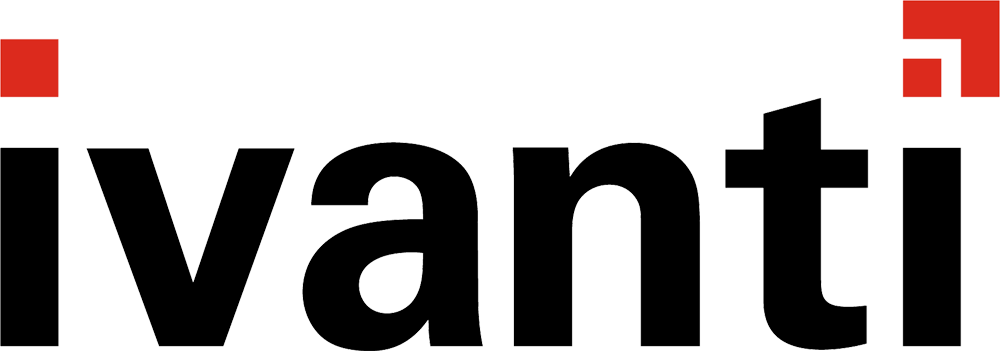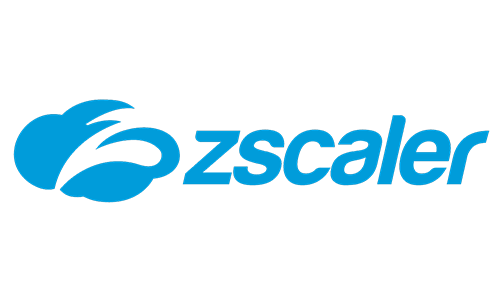Which workloads are best suited for cloud vs. on-premises or edge?
Enterprises
driving
toward
data-first
modernization
need
to
determine
the
optimal
multicloud
strategy,
starting
with
which
applications
and
data
are
best
suited
to
migrate
to
cloud
and
what
should
remain
in
the
core
and
at
the
edge.

Enterprises
driving
toward
data-first
modernization
need
to
determine
the
optimal
multicloud
strategy,
starting
with
which
applications
and
data
are
best
suited
to
migrate
to
cloud
and
what
should
remain
in
the
core
and
at
the
edge.
A
hybrid
approach
is
clearly
established
as
the
optimal
operating
model
of
choice.
A Flexera
report found
the
shift
to
hybrid
infrastructure
supported
by
overwhelming
numbers
of
survey
respondents,
with
89%
of
them
opting
for
a
multicloud
strategy
and
80%
taking
a
hybrid
approach
that
combines
use
of
public
as
well
as
private
clouds.
The
shift
toward
hybrid
IT
has
clear
upsides,
enabling
organizations
to
choose
the
right
solution
for
each
task
and
workload,
depending
on
criteria
such
as
performance,
security,
compliance,
and
cost,
among
other
factors.
The
challenge
is
that
CIOs
must
apply
a
rigorous
process
and
holistic
assessment
to
determine
the
optimal
data
modernization
strategy,
given
that
there
is
no
one-size-fits-all
answer.
Many
organizations
set
out
on
the
modernization
journey
guided
by
the
premise
that
cloud-first
or
cloud-only
is
the
ultimate
destination,
only
to
find
that
the
path
is
not
appropriate
for
all
data
and
workloads.
“Directionally
correct
CIOs
and
the
C-suite
looked
at
the
public
cloud
and
liked
the
operating
model:
the
pay-as-you-go,
predefined
services,
the
automation
and
orchestration,
and
the
partner
ecosystem
all
available
to
you,”
says Rocco
Lavista,
worldwide
vice
president
for
HPE
GreenLake
sales
and
go-to-market.
“Many
tried
to
move
their
whole
estate
into
public
cloud,
and
what
they
found
is
that
that
doesn’t
work
for
everything.
It’s
less
about
what
application
and
data
should
go
on
public
cloud
and
more
about
a
continuum
from
the
edge
to
core
[in
colocated
or
private
data
centers]
to
public
cloud.”
Close
to
the
Edge
There
are
several
reasons
why
certain
data
and
workloads
need
to
remain
at
the
edge,
as
opposed
to
transitioning
to
public
cloud.
Data
gravity
is
perhaps
the
most
significant
arbiter
of
where
to
deploy
workloads,
particularly
when
there
is
a
need
to
analyze
massive
amounts
of
data
quickly
—
for
example,
with
X-ray
or
MRI
machines
in
a
hospital
setting,
for
quality
assurance
data
from
a
manufacturing
line,
and
even
with
data
collected
at
point-of-sale
systems
in
a
retail
setting.
Artificial
intelligence
(AI)
projects
are
another
useful
example.
“Where
I’ve
seen
AI
projects
fail
is
in
trying
to
bring
the
massive
amounts
of
data
from
where
it’s
created
to
the
training
model
[in
some
public
cloud]
and
get
timely
insights,
versus
taking
the
model
and
bringing
it
closer
to
where
the
data
is
created,”
Lavista
explains.
“Here,
there
is
a
synergistic
need
between
what
is
happening
at
the
edge
and
the
processing
power
required
in
real
time
to
facilitate
your
business
objectives.”
Application
entanglement
presents
another
barrier
keeping
organizations
from
migrating
some
applications
and
data
to
cloud.
Some
legacy
applications
have
been
architected
in
a
way
that
doesn’t
allow
pieces
of
functionality
and
data
to
be
migrated
to
cloud
easily;
in
other
cases,
making
a
wholesale
migration
is
out
of
the
question,
for
reasons
related
to
cost
and
complexity.
There
are
also
workloads
that
don’t
make
economic
sense
to
refactor
from
operating
in
a
fixed
environment
to
a
variable
cost-based
architecture
and
others
with
specific
regulatory
or
industry
obligations
tied
to
data
sovereignty
or
privacy
that
prevent
a
holistic
migration
strategy
in
embrace
of
public
cloud.
The
HPE
GreenLake
Advantage
Given
the
importance
of
the
edge
in
the
data
modernization
strategy,
HPE
seeks
to
remove
any
uncertainty
regarding
where
to
deploy
applications
and
data.
The
HPE
GreenLake
edge-to-cloud
platform
brings
the
desired
cloud-based
operating
model
and
platform
experience,
but
with
consistent
and
secure
data
governance
practices,
starting
at
the
edge
and
running
all
the
way
to
public
cloud.
This
can
be
applied
across
any
industry
—
such
as
retail,
banking,
manufacturing,
or
healthcare
—
and
regardless
of
where
the
workload
resides.
HPE
GreenLake
with
the
managed
service
offering
is
inclusive
of
all
public
clouds,
ensuring
a
consistent
experience
whether
data
and
applications
are
deployed
on
AWS,
Microsoft
Azure,
or
Google
Cloud
Platform
as
part
of
a
hybrid
mix
that
encompasses
cloud
in
concert
with
on-premises
infrastructure
in
an
internal
data
center
or
colocation
facility.
“IT
teams
want
a
unified
solution
they
can
use
to
manage
all
technology
needs,
from
infrastructure
as
a
service
(IaaS)
to
platform
as
a
service
(PaaS)
and
container
as
a
service
(CaaS),
that
drive
automation
and
orchestration
that
are
not
snowflakes,”
says
Lavista.
“HPE
GreenLake
provides
that
standard
operating
model
from
edge
to
core
and
all
the
way
through
to
the
public
cloud.”
By
aligning
with
HPE
GreenLake
solutions,
IT
organizations
also
free
themselves
of
the
day-to-day
operations
of
running
infrastructure
to
focus
on
delivering
core
capabilities
for
business
users
as
well
as
DevOps
teams.
The
HPE
GreenLake
team
works
with
organizations
to
assess
which
workloads
are
a
better
fit
for
cloud
or
edge,
by
evaluating
a
variety
of
factors,
including
technical
complexity,
system
dependencies,
service-level
agreement
(SLA)
requirements,
and
latency
demands.
For
example,
a
quality
control
system
on
a
manufacturing
line
might
be
better
suited
for
an
edge
solution,
due
to
the
need
to
analyze
data
in
volume
and
in
near
real
time.
But
an
AI
application
that
could
benefit
from
a
facial
recognition
service
might
be
better
served
by
public
cloud
for
such
service,
given
the
broad
ecosystem
of
available
third-party
services
that
eliminate
the
need
to
re-create
the
wheel
for
every
innovation.
To
ensure
top
performance,
Lavista
counsels
companies
to
fully
understand
their
core
business
objectives
and
to
be
pragmatic
about
their
cloud
migration
goals
so
they
avoid
the
trap
of
moving
data
and
workloads
simply
because
it’s
the
latest
technology
trend.
“Understand
your
options
based
on
where
you
are
coming
from,”
he
says.
“If
what
you
are
looking
for
is
to
optimize
the
IT
operating
model,
you
can
still
get
that
without
moving
applications
and
data.”
For
more
information,
visit https://www.hpe.com/us/en/solutions/edge.html









